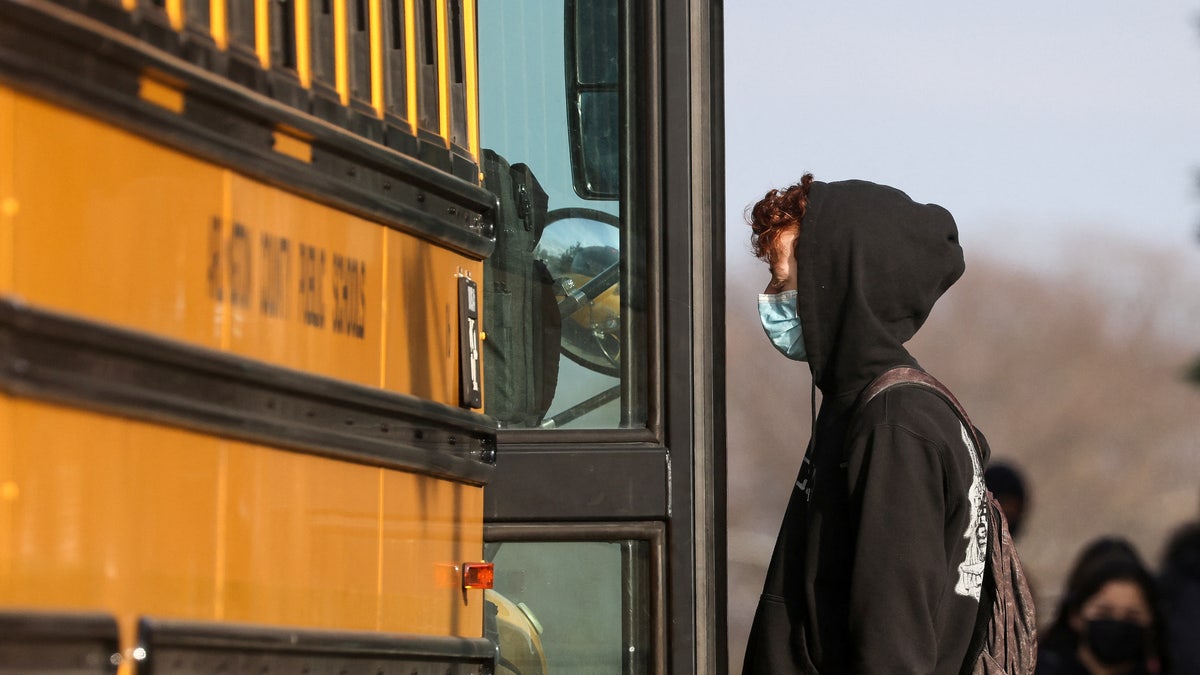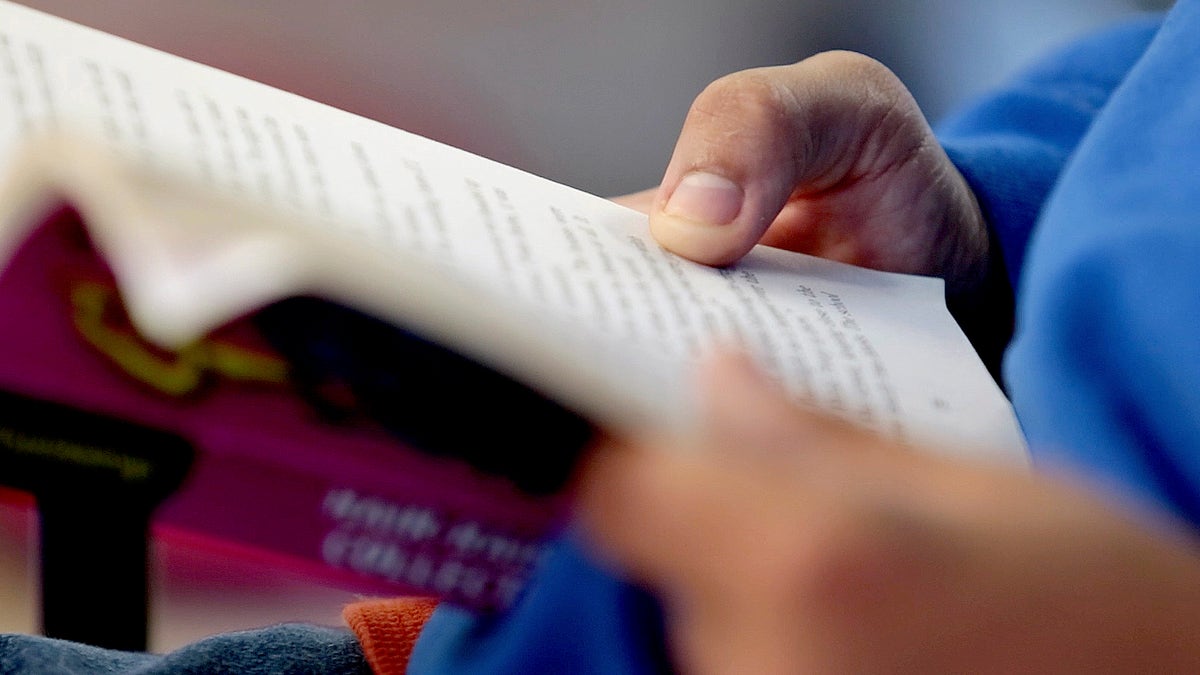Recent national assessments paint a concerning picture of academic progress in the United States. A study by the Northwest Evaluation Association (NWEA) reveals that despite substantial federal funding aimed at pandemic recovery, elementary and middle school students are not making the expected gains in reading and math. The study's findings show that achievement growth is lagging behind pre-COVID trends across most grade levels, and significant learning gaps persist.
The NWEA estimates that students need an average of 4.1 extra months of schooling in reading and 4.5 months in math to reach pre-pandemic levels. These challenges are particularly pronounced for older students grappling with more complex material and for students from marginalized communities. Dr. Karyn Lewis, a lead researcher on the study, described the situation as "backsliding" in an interview with The New York Times.

While the results are discouraging, the NWEA emphasizes that recovery was never expected to be straightforward. The organization stresses the need for sustained investment and long-term strategies, rather than short-term fixes, to address the persistent learning gaps. They recommend spreading recovery efforts over multiple years to ensure consistent progress.

Despite the challenges, the NWEA acknowledges the significant federal funding and the efforts of schools to mitigate the impact of the pandemic. These findings follow recent data from the National Assessment of Educational Progress showing that 13-year-olds' reading and math scores are at their lowest point in decades. With federal COVID relief funds expiring soon, the Biden administration has mandated that districts allocate at least 20% of their funding towards academic recovery.










